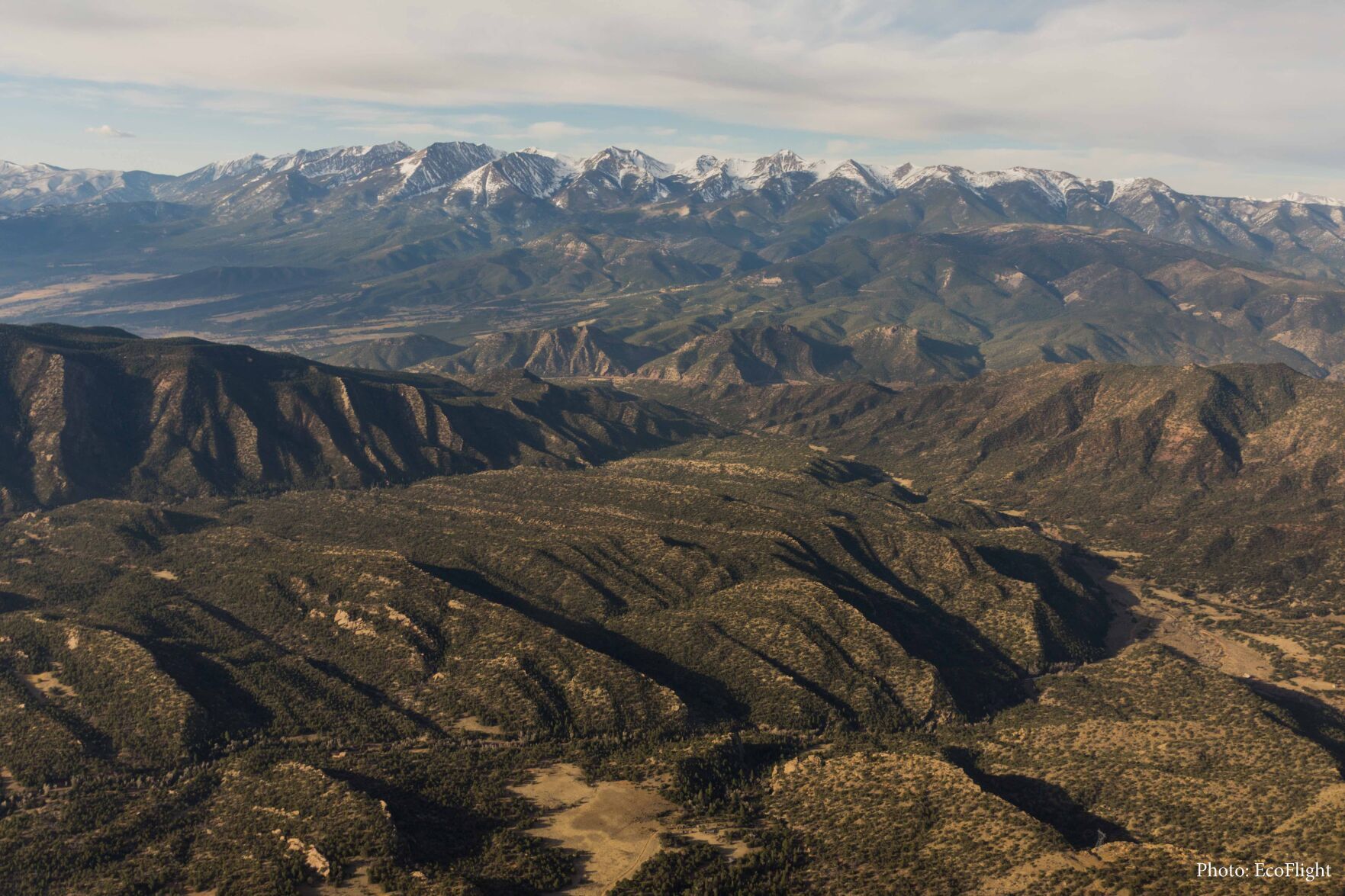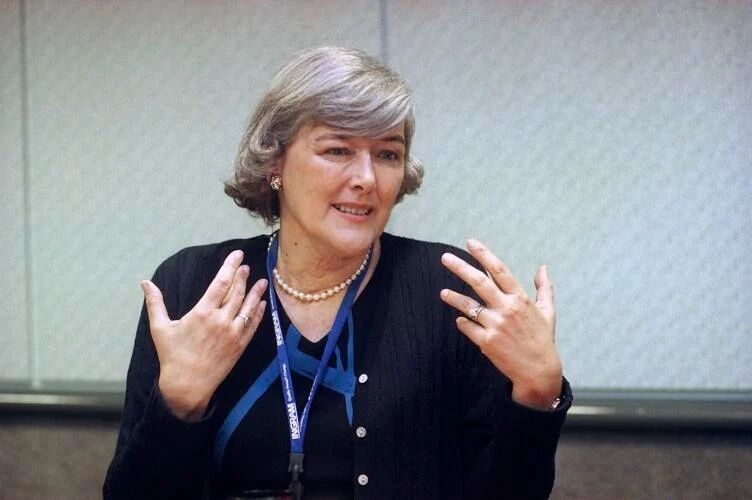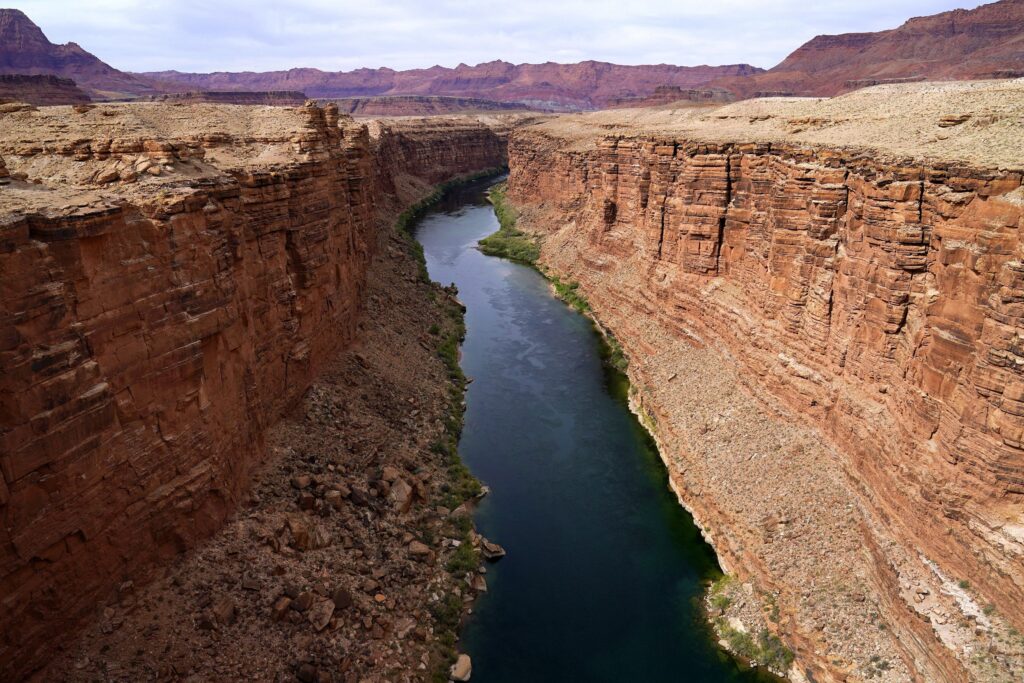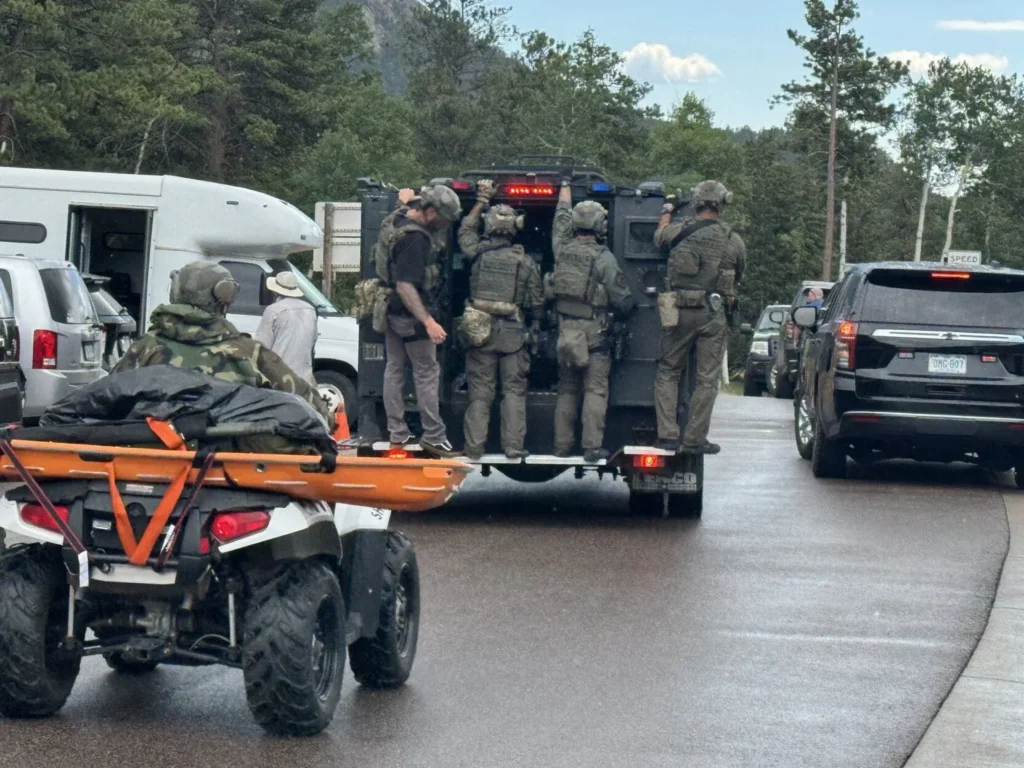Plan calls for more protection of scenic, recreation areas in large swath of Colorado

The Bureau of Land Management has released a plan to manage a vast mosaic of canyonlands, grasslands and mountains in southern, central and eastern Colorado.
In the works for close to a decade, the plan is officially called the Eastern Colorado Resource Management Plan. “Eastern” might be deceiving; the focus area spans beyond the plains to the Arkansas River Valley through Cañon City and Fremont and Chaffee counties, as well as parts of South Park.
Those are lands that have increasingly been battle grounds for conservation and extraction.
Bureau of Land Management proposal sparks questions from both sides of issue
“It can be a challenge to manage such a large and diverse area,” the Bureau of Land Management’s Rocky Mountain District Manager Cathy Cook said in a news release. She touted the plan for “provid(ing) the most benefit to the people we serve – now and into the future.”
The plan removes areas identified with “minimum-yield” potential for oil and gas leasing and, advocates say, makes preservation a high priority. The praise matches similar reaction to a plan recently proposed for large portions of western Colorado that have also historically been of interest for energy development.

The bureau “has come a long way in having adequate protections for these high-value lands that should be protected in some category,” said John Sztukowski, the conservation director with Wild Connections who has been involved with planning efforts since 2015.
His advocacy group has lauded the plan for listing more than 300,000 acres worthy of designations such as wilderness, Areas of Critical Environmental Concern and Backcountry Conservation Areas. Segments of the Arkansas River are among waterways identified for suitable additions to the National Wild and Scenic River system.
Heavy cost anticipated for El Paso County parks damaged by rains
Ten areas totaling more than 70,000 acres were highlighted for specific recreation management. Those include some of the best-known lands within the plan: the Royal Gorge, Guffey Gorge, Phantom Canyon, the scenic drive known as the Gold Belt and the Salida Trails network. Shelf Road, the rock climbing destination, is another focus of the plan.
More than 87,000 acres are proposed as Backcountry Conservation Areas “to protect wildlife habitat and provide outstanding hunting and fishing opportunities.” Among places to be managed in a way “to maintain wilderness characteristics” are Badger Creek, Echo Canyon and Cooper Mountain – largely unknown to outsiders but not to concerned locals.
The plan covers largely “off-the-beaten path areas,” said Nate Porter, longtime owner of Salida Mountain Sports, “but yet they offer a lot, not only in terms of recreation, but for wildlife habitat and areas that should be protected.”
Western Energy Alliance has previously voiced opposition to the plan, in a letter saying restrictions would “severely impact the opportunity to responsibly develop oil and natural gas resources.”
The letter went on: “By its nature, multiple use engenders coexistence, not competition. We can develop the energy on public lands that all Americans own while protecting the land, wildlife, air, water, cultural and other resources.”
Western Energy Alliance has alleged the Bureau of Land Management’s broader shift threatens the grid and consumer prices at a time that infrastructure is ill-prepared for the renewable energy transition. The Eastern Colorado Resource Management Plan highlights millions of acres with “high potential” for wind and solar development.
Yet “the plan does leave a vast majority of land open to oil and gas leasing,” Sztukowski’s said.
Still, he counted himself “very pleased with what’s being proposed as far as on-the-ground designations,” he said, adding: “I think at least getting proper management in place for these areas is going to be more helpful overall.”














